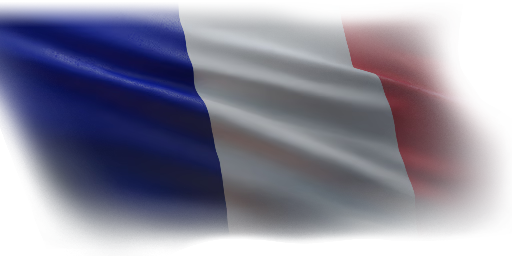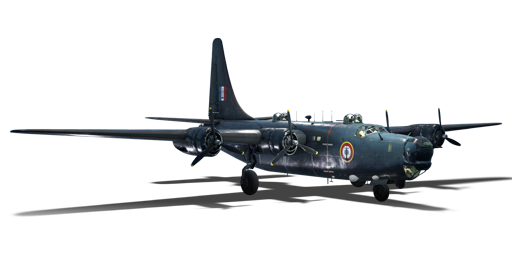



The PB4Y-2 (France) was given to France under the MDA (Mutual Defense Assistance Act) which was signed in 1949. A few years later, France would receive 22 PB4Ys and would use them in Vietnam during the first Indochina War as bombers. They served in the theater until the Battle of Dien Bien Phu which was a decisive loss for France. Six of these PB4Ys were sent back to America while the rest were shipped to North Africa to fight in Algeria and then during the Suez Crisis. In the early 1960s, the PB4Ys were scrapped.
Introduced in Update 1.73 "Vive la France", the PB4Y-2 (France) is essentially the same as the PB4Ys in the American and Chinese trees. Players should expect the PB4Y to be very slow in level flight compared to other bombers but well-defended with one turret in the nose, two dorsal turrets, two beam turrets, and one turret in the tail.
flaps
flaps
flaps
brake
| Belt | Belt filling | Armor penetration (mm) at a distance: | |||||
|---|---|---|---|---|---|---|---|
| 10 m | 100 m | 500 m | 1000 m | 1500 m | 2000 m | ||
| T/AP/I/AP-I | 30 | 27 | 20 | 13 | 9 | 6 | |
| AP/AP/AP/T | 30 | 27 | 20 | 13 | 9 | 6 | |
| AP-I/AP-I/AP-I/T | 28 | 26 | 18 | 11 | 7 | 4 | |












Flight performance | |
|---|---|
Survivability |
|---|
Weaponry | ||
|---|---|---|